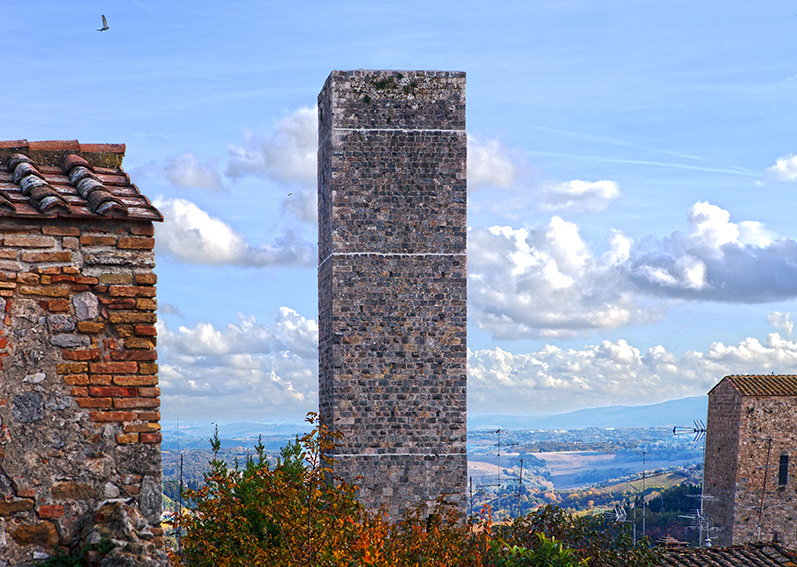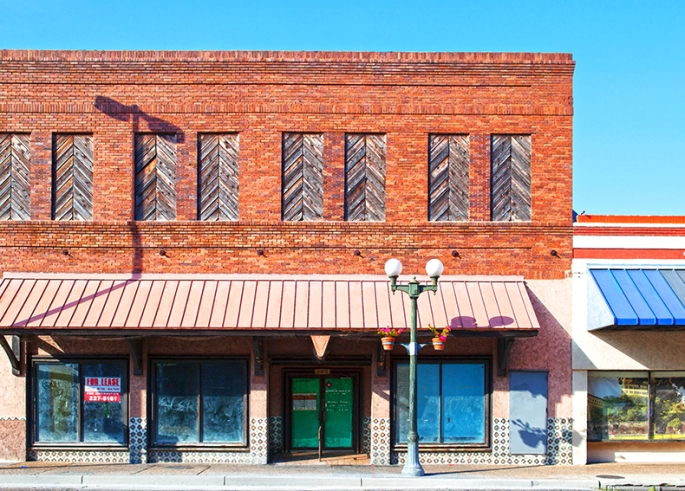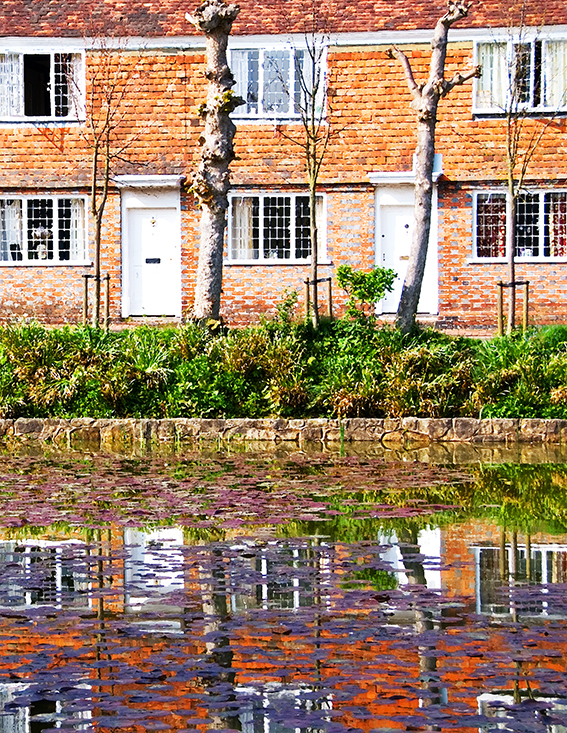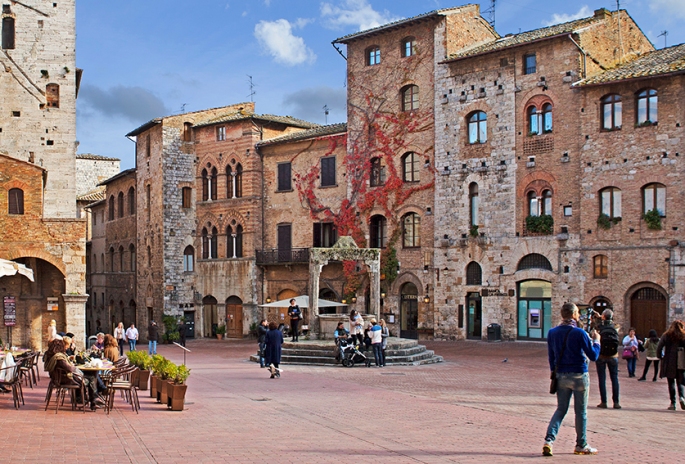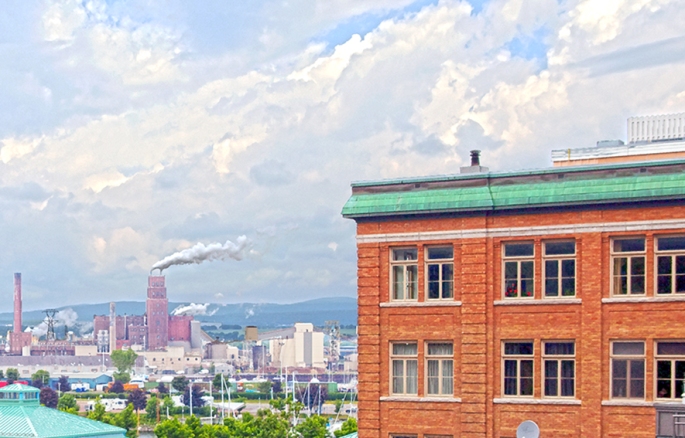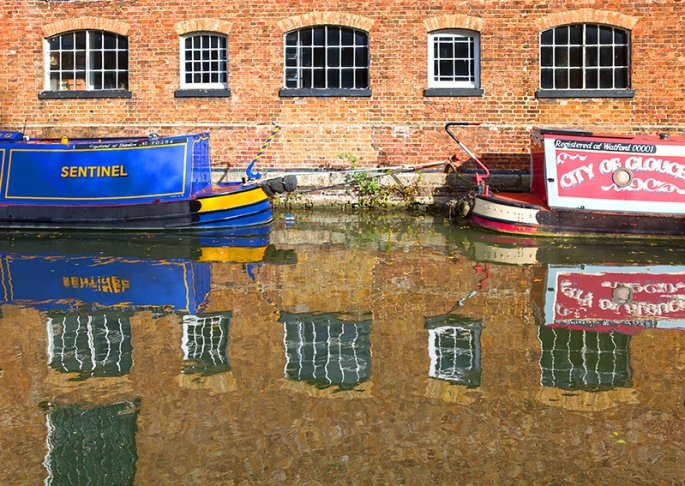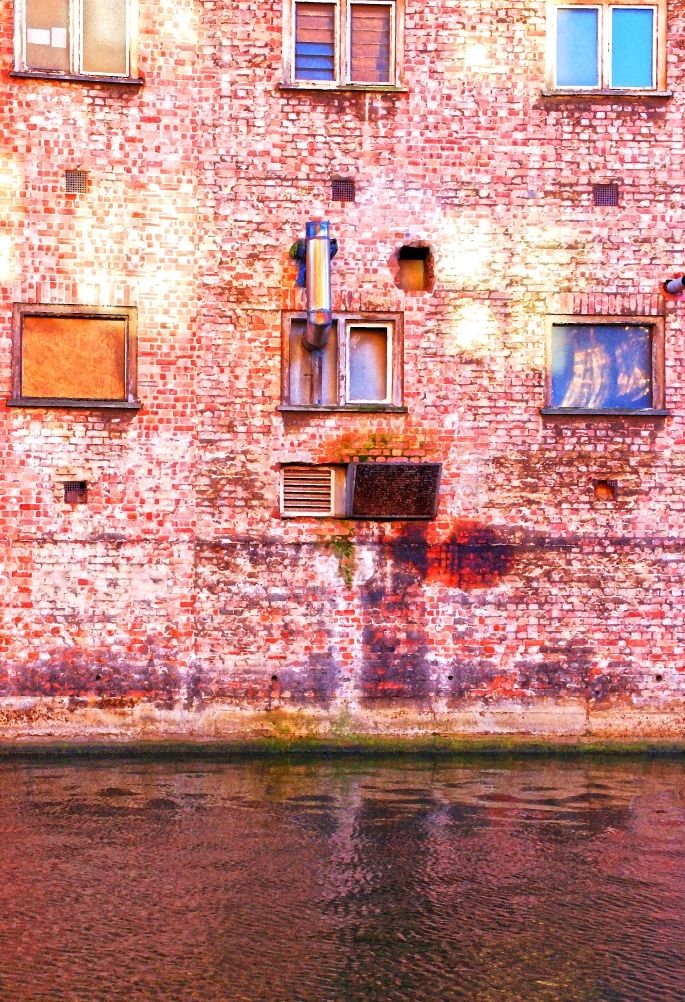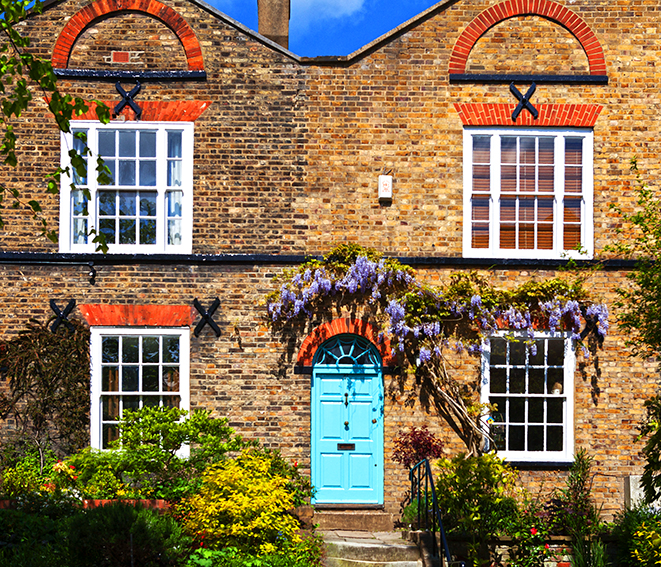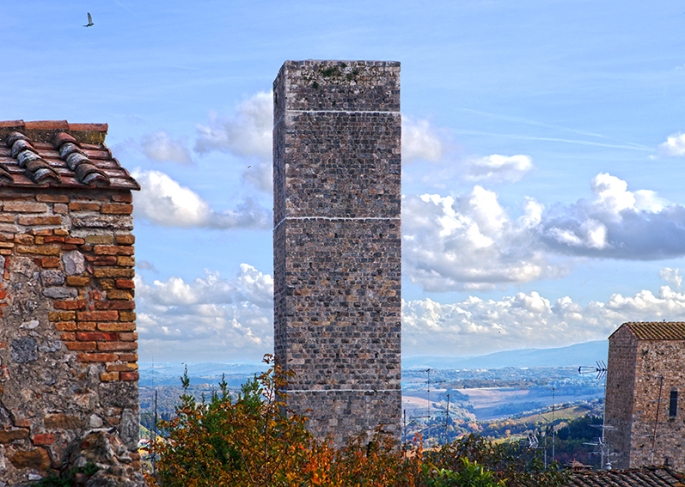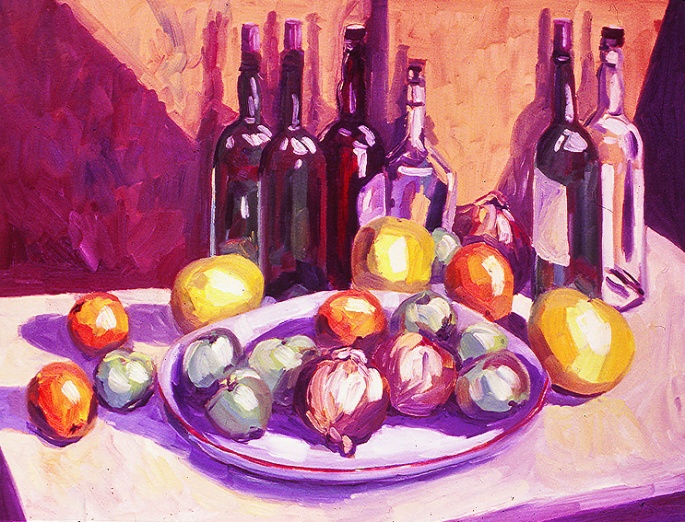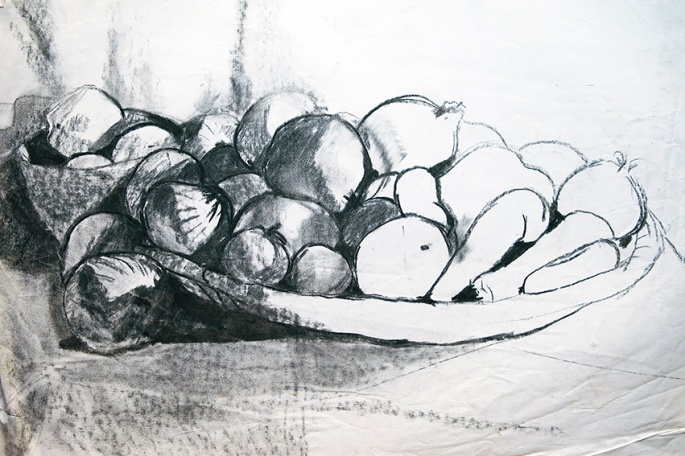If, as has recently been shown to be true, that the evolution of our human species is intimately connected with our relationship with, and domestication of, the dog, then our development from hunter gatherers to sedentary building dwellers is founded upon our mastery of the humble brick more than any other material.

We first started making and building with simple mud bricks over 7000 years ago and ever since, both in mud form and the far more durable fired clay variety they have comprised the fundamental building blocks of most urban societies across the globe.

Cheaper, and easier to shape than stone and marble, and more durable and weather-proof than timber, clay-based bricks have been mass-manufactured for over four millennia. From China in the east to Rome in the west, bricks were the chosen material to house the citizenry of the world’s mightiest empires.
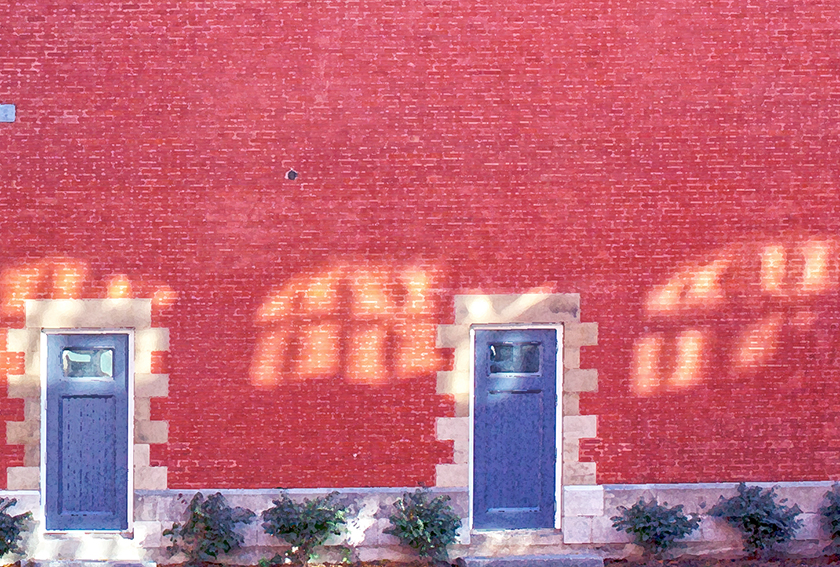
While in many cultures, the brick was regarded as purely functional and considered ugly; best concealed beneath layers of plaster and cement; by the late Middle Ages, in northern Europe in particular, a skilfully laid brick rose to aesthetic acceptance.

Among the Western European cultures especially, the brick came to be the defining municipal texture of the “Anglo Saxon” / “Germanic” north, in the same way stuccoed walls evoke the “Latin / Mediterranean” south.

As a native Londoner with his main home in Spain I like my bricks both ways – proudly exposed, or peaking out from behind a peeling stucco skin. The pictures presented here are my homage to both. Please enjoy the gallery below…
